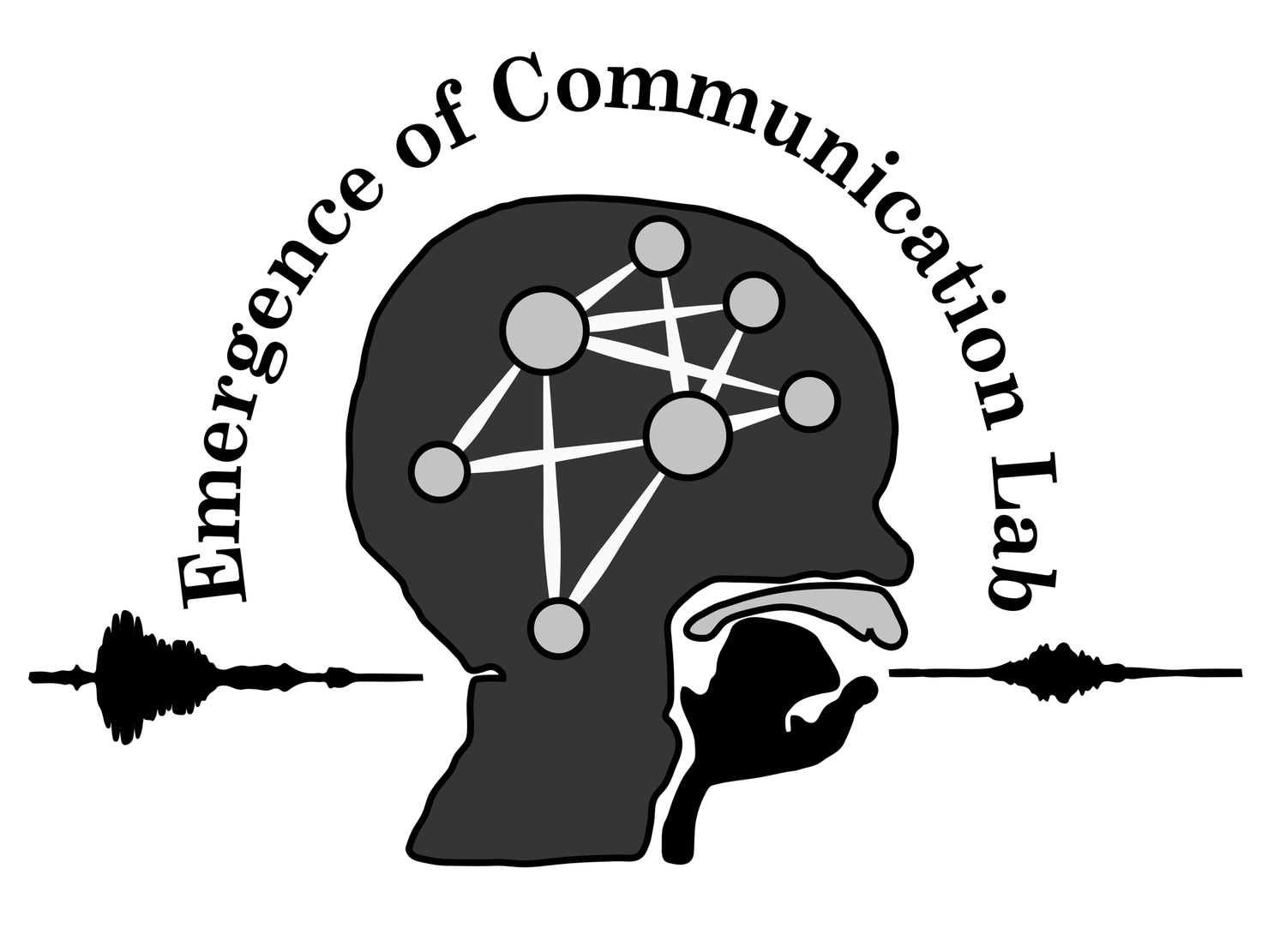Computational modeling of vocal learning and evolution:
Code and example sounds from a computational model of the development of canonical babbling (Warlaumont & Finnegan, 2016, PLOS ONE).
Code and example sounds from a computational model of reflexive vocal signal evolution (Warlaumont & Olney, 2015, Adaptive Behavior).
Code and simulation data from a simple computational model of child-caregiver interaction data, described in our 2014 ICDL-EpiRob paper.
Daylong child audio data and analysis:
Data and scripts from our 2014 Psychological Science paper that analyzed child-caregiver interactions in LENA recordings.
We co-established and contributed to the HomeBank project (VanDam et al., 2016, Seminars in Speech and Language) for sharing daylong child home audio recordings and tools to automatically analyze those recordings.
Infant vocal category training and parent diary:
We are involved in an NIH-funded collaboration with researchers at the University of Memphis and National Cheng Kung University in Taiwan to create online tools for studying infant vocalizations, specifically from an infraphonological perspective. The tools are available at babyvoc.org.
More in-depth descriptions of pre-speech infant sound types are also given (with audio and spectrographic examples) in: Buder, E. H., Warlaumont, A. S., & Oller, D. K. (2013). An acoustic phonetic catalog of prespeech vocalizations from a developmental perspective. In B. Peter & A. N. MacLeod (Eds.),Comprehensive perspectives on child speech development and disorders: Pathways from linguistic theory to clinical practice. NOVA. [Sound examples]
